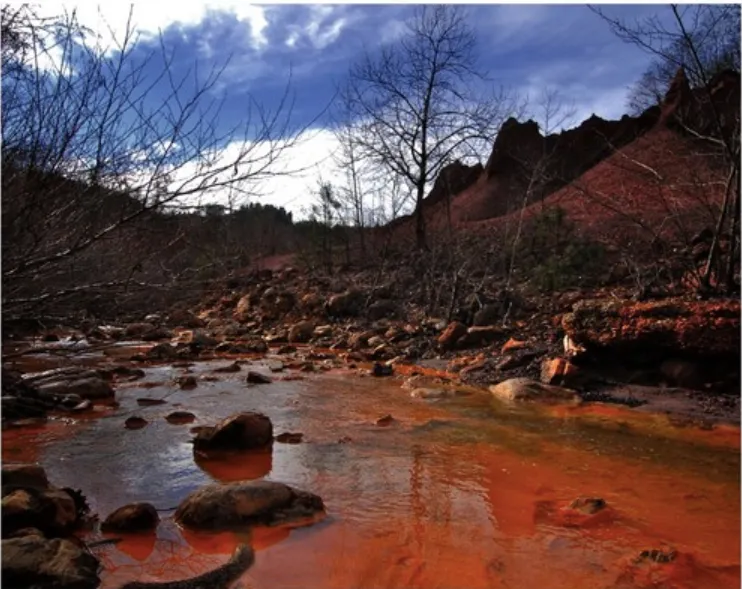The Effects of Acid Rain
Sure, everyone has heard their science teacher mention acid rain or maybe you've even heard about it on the news, but what actually is acid rain?
Acid rain is formed when oxides, particularly NOx, SO2, and CO2 are released into the air due to combustion of fossil fuels and mix with existing water molecules to form an acidic solution. When this solution is deposited back to the surface, things start to go South very quickly.
For starters, acid rain makes quick work of statues and concrete, because the limestone in them neutralizes and reacts with the acids. While dissolved statues would certainly be a sad sight, the disruption of concrete poses a real threat to infrastructure and can potentially be dangerous in certain structures.
Acid rain is also known to kill off or at least endanger entire species or even ecosystems in a matter of months. Many aquatic plants and animals can only survive within a small range of pH levels. Once the acids in the rain work to lower the pH of a given aquatic system, biodiversity tends to plummet. Amphibians are a prime example of this, being able to thrive in a lake with a pH of 6.5, but experiencing serious reproductive problems when the pH drops to 6, and ultimately dying out when the pH reaches 4.

For those who do not care about the potential eradication of an entire keystone species, there is always the example of Flint, Michigan. Many people are familiar with the lead contamination in Flint's water, but very few are aware about the circumstances that lead to that situation. For years, Flint's water system had run just fine. In 2014, the city decided to change water sources in order to save money, but unfortunately things took a turn for the worse. The new water source, known as the Flint River, was contaminated by acid rain likely from repeated pollution from factories. Once this acidic water entered the pipe system in Flint, it mobilized the lead sealant that held the pipes together, releasing it into the water that everyone was drinking. Not only does this phenomenon occur in water treatment systems, but it occurs in old mine shafts as well, resulting in red rivers.

Discussion Questions:
What do you think we should do to manage acid rain?
Has it affected a community near you?
Is this a minor issue, or will events like these become more widespread in the future?